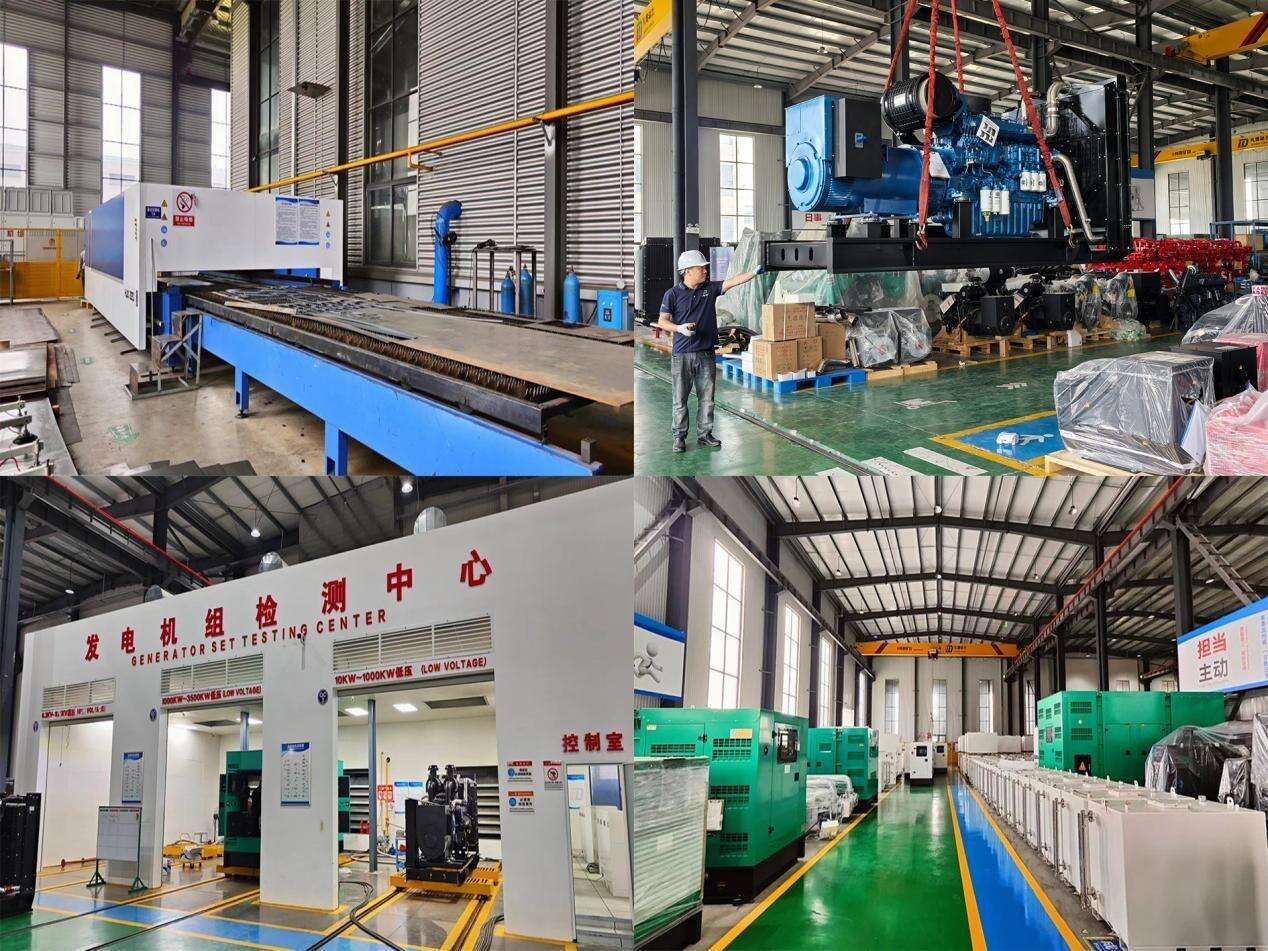Familiarize Yourself With The Components
First thing’s first: getting acquainted with the basic parts of a gas generator is very important before you put it to use. You won’t need to be a specialist; however, understanding what each component does can save you some hassle down the road. The engine is like the generator’s heart: it runs on natural gas to generate power. The alternator serves the purpose of converting the engine’s power to usable electricity. The control panel is equally important; it contains buttons for the generator’s starting and stopping, as well as gauges that tell the amount of fuel and power the system is generating. If you want the very first use of the gas generator to be as smooth as possible, spend a couple of minutes getting acquainted with the different components on the generator.
Checklist—Don’t Skip This Step
A vehicle undergoes some inspection prior to any drive. In the same way, a natural gas generator requires some basic verification. The first step is checking if the natural gas supply is connected properly. Check the hoses or pipes to see if there are any cracks or loose connections; you don’t want gas leaks. Next, check the oil level. The engine might have a risk of damage, so use the dipstick to see if it’s filled, and add more if oil is low. If your generator has coolant, check if the level is above the acceptable low mark. Also, pick up any debris, including leaves and boxes, that might block the generator because it might overheat. If the generator is an electric-start model, check the battery because a useless battery means it can’t be turned on. This inspection is fast and basic — it only takes a few minutes — and increases the chances of the generator functioning properly.
How to Sequence Steps for Starting the Generator
As touchless payment solutions evolve and the demand for innovative tech to capture emerging trends grows, timely supervision becomes paramount, particularly post-acquisition. Corporations keen on pioneering and streamlining touchless payment devices undergo meticulous induction to the trust and omnichannel relative sales teams in all territories to augment the overall success.
It’s common practice for the sales team to deliver these delicate devices in person, and more importantly, to train their clients on their use. This entails three dedicated sessions spanning over one week and, in between these sessions, on-site supervision is provided to ascertain effective integration of devices into the clients’ systems. As the integration is complex and often accompanied by numerous adjustments, alterations and still newer assembly line devices, a great deal of patience is required.
Device Connections With Proper Safety Measures
Once the generator has warmed up, you can start connecting your devices, but remember, don’t plug too many devices all at once. Each natural gas generator has a maximum power output (measured in watts) and if surpassed, may harm the generator or the devices connected. Always compute the total watts from devices being used. E.g. refrigerators use around 600 watts, a fan 50 watts, and a phone charger 10. if the total wattage is less than the generator’s maximum output, then properly plug in your devices in the generator’s outlets. If multiple important devices need to be plugged in, start with the most important, My list is a medical fridge or medical devices. Always avoid plugging in high wattage devices unless the generator guarantees functioning without malfunction. If you need to plug in extension cords that are further than average devices, avoid thin cords. Always use heavy duty cords as thin cords can overheat and even start fires.
Monitor While It’s Running
Once each of the generator components has been attached, they do not want to disconnect from the equipment. The next task is to check the natural gas generator in intervals of thirty minutes to ensure that everything is functioning as it should. Start by listening to the engine. The ideal engine should not be producing loud sputters and or loud knocks. If there is any unusual noise the generator should be turned off and inspected. The control panel has to be checked as well. The gas flow of the fuel gauge should not be in the empty zone and gas temperature gauge should not be in the hot zone. Ensure there is no gas like odor. If there is it is likely there is a gas leak. The gas should immediately be turned off the generator, gas supply and windows in case the person is indoors. Do not switch any electrical appliances off or on until any smell of gas has disappeared. All these procedures guarantee the generator runs safely without breaking down or malfunctioning.
Shutting It Down the Right Way
Even when shutting down the generator, proper procedure needs to be followed, which in this case will be shutting it down in three steps. The first step does not commence until all devices connected to the generator have been unplugged. Nothing gets unplugged while the generator is in the process of being switched off. The first step does not commence until the devices connected to the generator have been unplugged. Nothing gets unplugged while the generator is in the process of being switched off. The process takes three to five minutes. The devices in question will remain unconnected, as this will help the generator cool down. The rest of the steps involve turning the main switch to “Off” and in the case that there is a fuel valve, closing it. The post check will be looking to address anything that was missed and thus oil and gas wings will first be checked, followed by the control panel that will be wiped to maintain cleanliness, and in case the generator is left outside it will be placed under a waterproof casing. Closing the steps as mentioned will allow the generator to be in proper condition for the next usage.


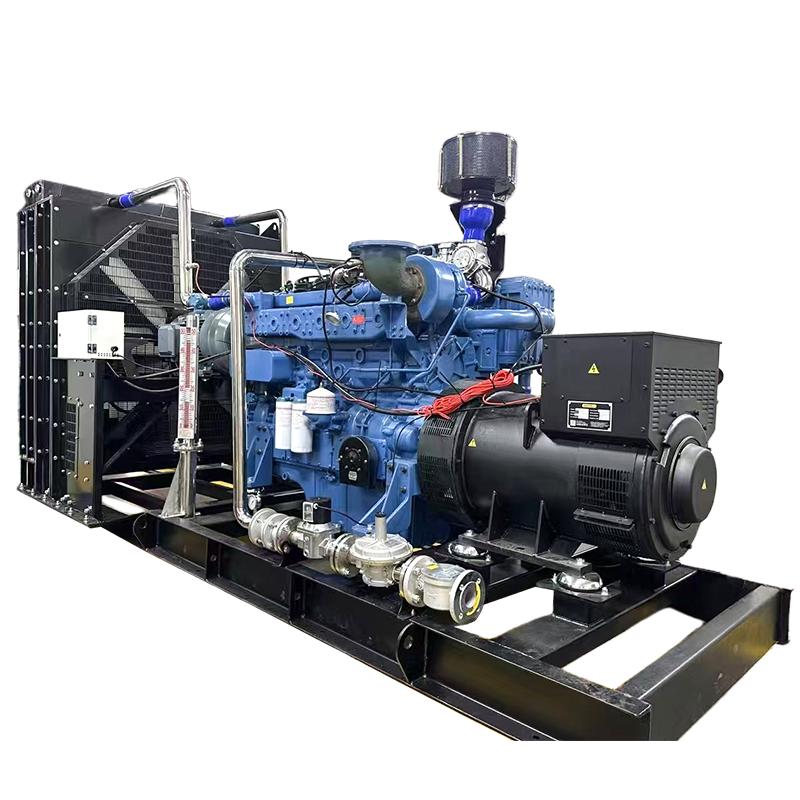

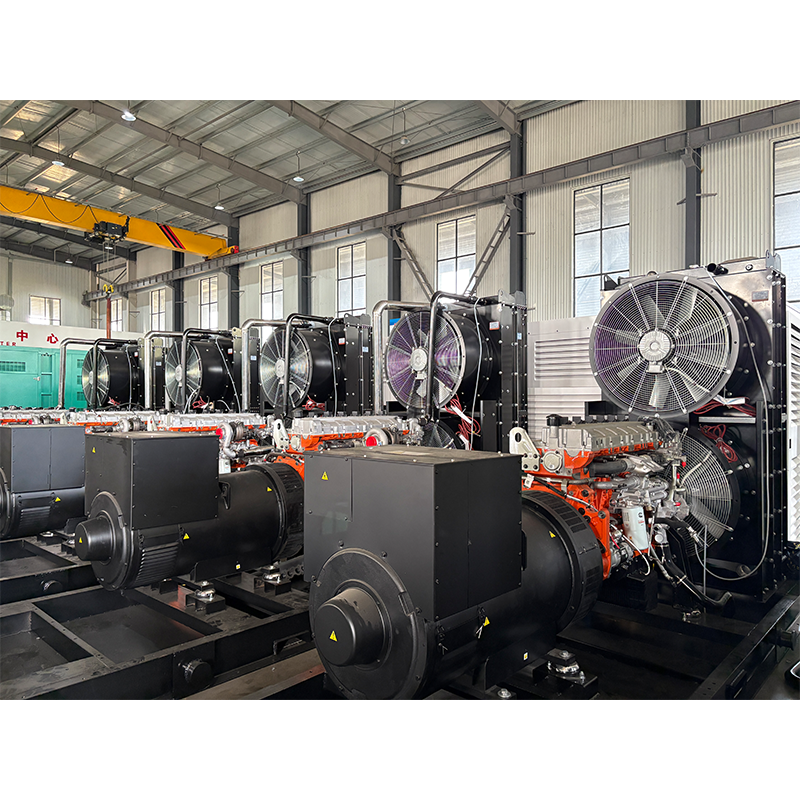
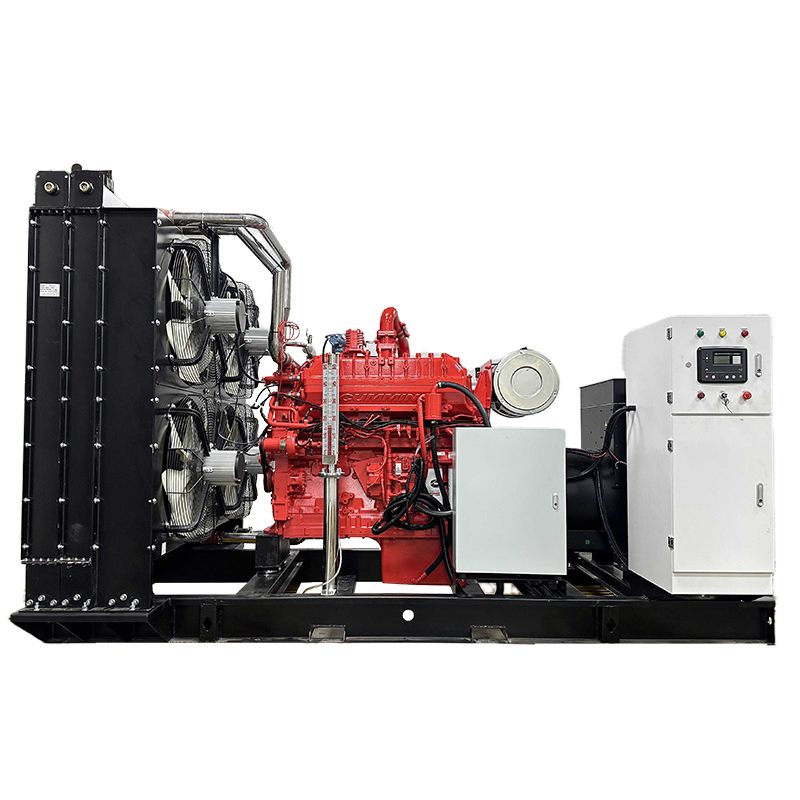
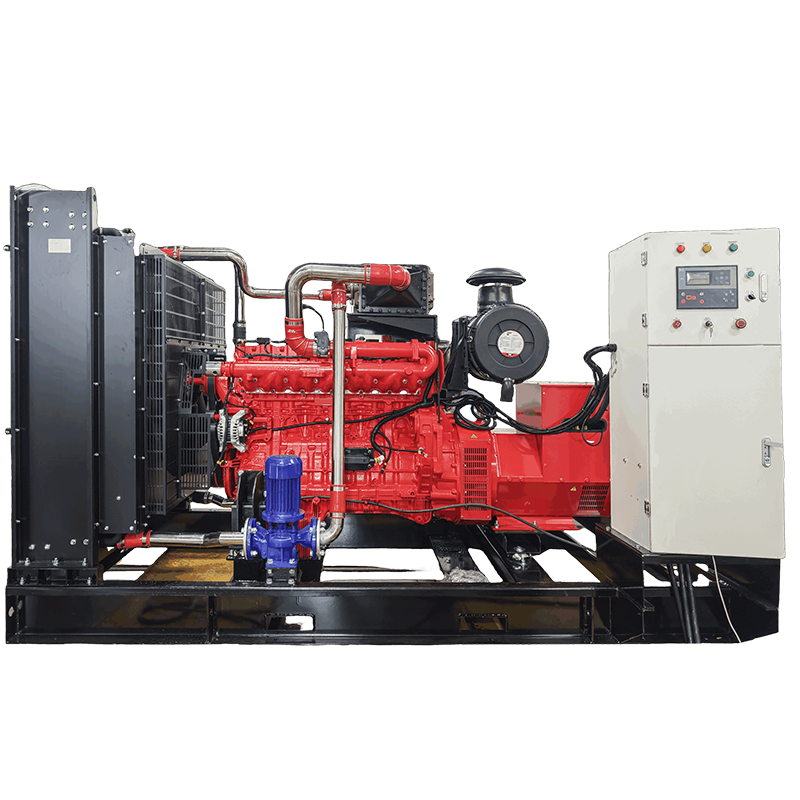
 Hot News
Hot News